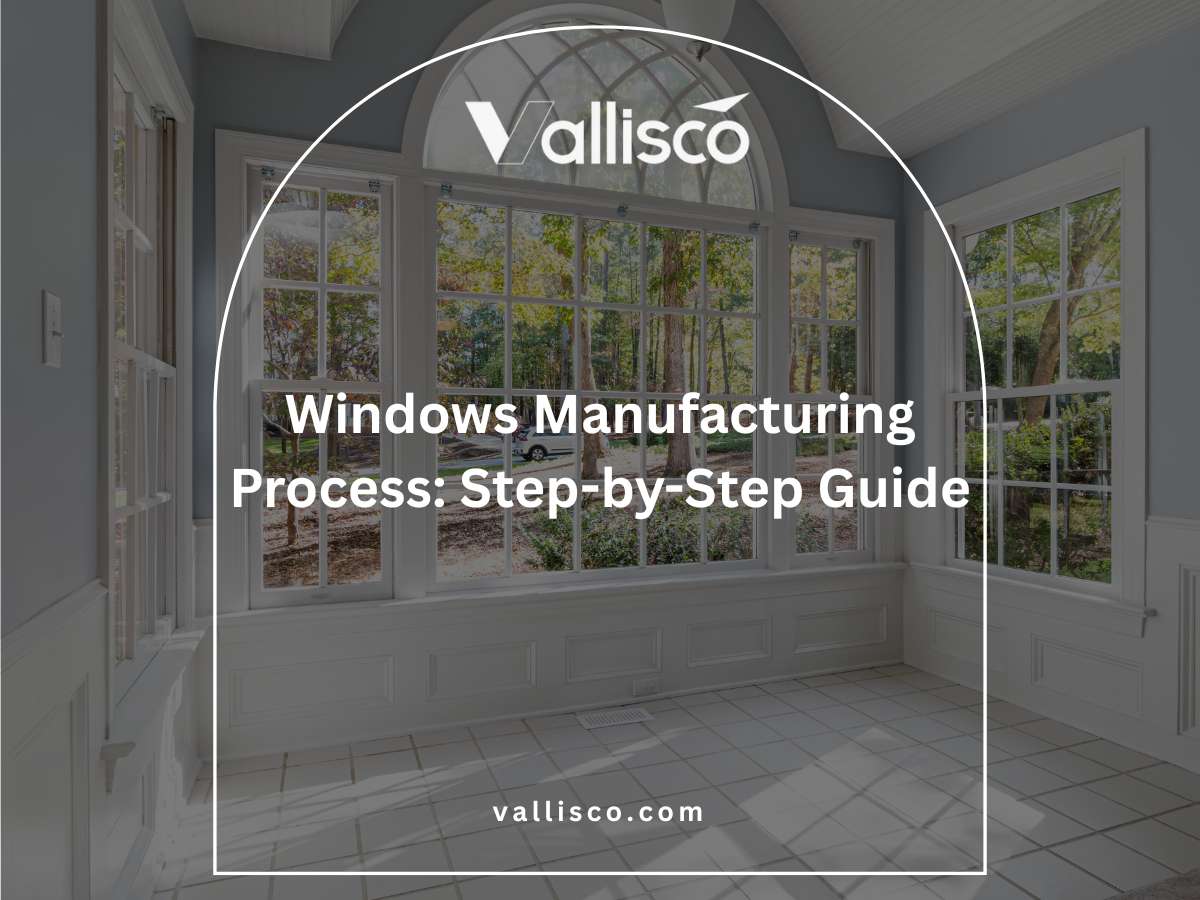A few years back, one of our contractors installed the wrong type of fire door in a retail shop we were managing. It passed visual inspection, but failed at the worst time when a small kitchen fire broke out.
That experience pushed me to learn everything I could about commercial fire door types and how to choose the right one the first time.
I’ve worked closely with manufacturers, safety engineers, and code officials to figure out what really matters when selecting these doors. I’m not here to sell you anything. I’m just sharing what I wish someone had told me sooner.
This guide covers the four main types of commercial fire doors. I’ll break each one down in plain terms so you can make an informed decision that fits your building’s needs and safety goals.
Choosing the wrong fire door isn’t just costly. It can be dangerous.
Let’s walk through this!
Quick Comparison Chart
Choosing the right commercial fire door isn’t just about compliance—it’s about safety, durability, and day-to-day functionality. This table gives you a clear side-by-side comparison to help you pick the best fit for your building’s needs.
| Type | Category | Description | Best Use Cases | Fire Rating | Key Features | Ideal For |
| FD30 | Resistance Rating | 30 min fire block | Small offices, corridors | FD30 | Lightweight, low-cost, seals | Light commercial buildings |
| FD60 | Resistance Rating | 60 min fire block | Hospitals, stairwells, hotels | FD60 | Thicker, certified hardware | High-traffic zones |
| FD90 | Resistance Rating | 90 min fire block | Archives, server rooms | FD90 | Custom build, mineral core | Asset protection areas |
| FD120 | Resistance Rating | 120 min fire block | Labs, factories, refineries | FD120 | Reinforced, layered build | High-risk industrial sites |
| Wood | Material | Timber or solid core | Offices, schools, hotels | FD30–FD60 | Veneer finish, rating varies | Aesthetic interiors |
| Steel | Material | Insulated steel | Warehouses, exits, plants | FD60+ | Weatherproof, impact-proof | Harsh outdoor areas |
| Composite | Material | Mixed materials | Mixed-use buildings | FD30–FD60+ | Light, affordable, flexible | Multi-use spaces |
| Glazed | Material | Fire-rated glass panels | Offices, hospitals, corridors | Up to FD60+ | Visibility, certified glass | Open, monitored zones |
| Single Leaf | Style | One door swings open | Offices, restrooms, halls | FD30–FD120 | Compact, vision panel option | Smaller spaces |
| Double Leaf | Style | Two doors swing open | Warehouses, entries, schools | FD60–FD120 | Wide access, panic hardware | High-traffic entrances |
| Swing | Functionality | Opens one way on hinge | Offices, departments | Varies | Needs closers, seals | Standard fire doors |
| Sliding | Functionality | Slides sideways | Warehouses, storage rooms | FD60+ | Space-saving, auto options | Large or tight access |
| Self-Closing | Functionality | Closes automatically | Kitchens, stairwells, exits | Varies | Alarm-integrated options | Code-compliant spaces |
| Watertight | Functionality | Fire + water resistant | Ships, offshore, pump rooms | High | Sealed, pressure-rated | Marine/flood-prone sites |
1. Fire Doors by Fire Resistance Rating
When you’re outfitting a commercial space, getting the fire resistance rating right isn’t just about ticking boxes, it’s about protecting lives and keeping operations intact.
I’ve seen how the right door in the right location can stop a small incident from turning into a major disaster. These ratings define how long a fire door can resist flames and smoke under test conditions, and different ratings suit different parts of a facility.
FD30 Fire Doors
- 30 Minutes of Fire Resistance: These doors can hold back flames and smoke for half an hour, giving people enough time to evacuate safely. They’re ideal for inner offices, staff rooms, or low-risk corridors.
- Best for Light Commercial Use: Common in small office blocks or retail units where the fire load is relatively low. They’re often used to separate non-critical areas from escape routes.
- Lightweight and Cost-Effective: Easier to install and budget-friendly, they work well when you’re balancing safety with cost. They can still meet basic legal requirements in many commercial setups.
- Often Used with Intumescent Seals: These seals expand under heat to block smoke and flames around the door edges. It’s a simple upgrade that significantly improves fire performance.
FD60 Fire Doors
- 60 Minutes of Fire Containment: These doors buy a full hour during a fire, which is critical in multi-floor or high-occupancy facilities. That extra time can make all the difference for emergency response teams.
- Widely Used in High-Traffic Areas: Think corridors, stairwells, and shared spaces in hotels, hospitals, and offices. They’re key to maintaining protected escape routes during an incident.
- Sturdier Build with Fire-Rated Hardware: Vallisco’s FD60 doors are thicker and paired with certified hinges, closers, and latches. It’s a full system built for resilience, not just a single component.
- Meets Most Industry Regulations: These doors are often a requirement in education, hospitality, and healthcare environments. They help ensure compliance with fire safety codes while keeping people safe.
FD90 Fire Doors
- 90 Minutes of Fire Resistance: This rating offers an hour and a half of barrier time, which is crucial for large or complex commercial facilities. It allows more time for safe evacuation and for fire crews to respond.
- Used in Critical Rooms: You’ll find these in data centers, chemical storage rooms, or secure archives. These are areas where asset protection is just as important as life safety.
- Custom-Built for the Job: FD90 doors are rarely off-the-shelf; they’re tailored to meet exact building specs. You’ll likely need professional input to ensure they’re properly certified and installed.
- Extra Insulation and Durability: These doors often come with mineral cores or reinforced steel layers. They’re built to stay intact under prolonged exposure to heat and pressure.
FD120 Fire Doors
- Two Hours of Protection: These doors are designed to hold back fire and smoke for 120 minutes, providing the longest resistance rating available. This is vital in facilities with delayed evacuation protocols or hazardous contents.
- Essential for Industrial and Lab Environments: Used in factories, refineries, or research labs where fire risk is high. They protect infrastructure that can’t be easily replaced or evacuated.
- Reinforced Construction: Expect layered materials, robust framing, and high-performance seals. These doors are engineered to survive harsh conditions without structural failure.
- Costlier, But Strategic: They’re not cheap, but they’re often required by building codes or insurance providers for high-risk areas. Long-term, they offer value through reduced liability and greater peace of mind.
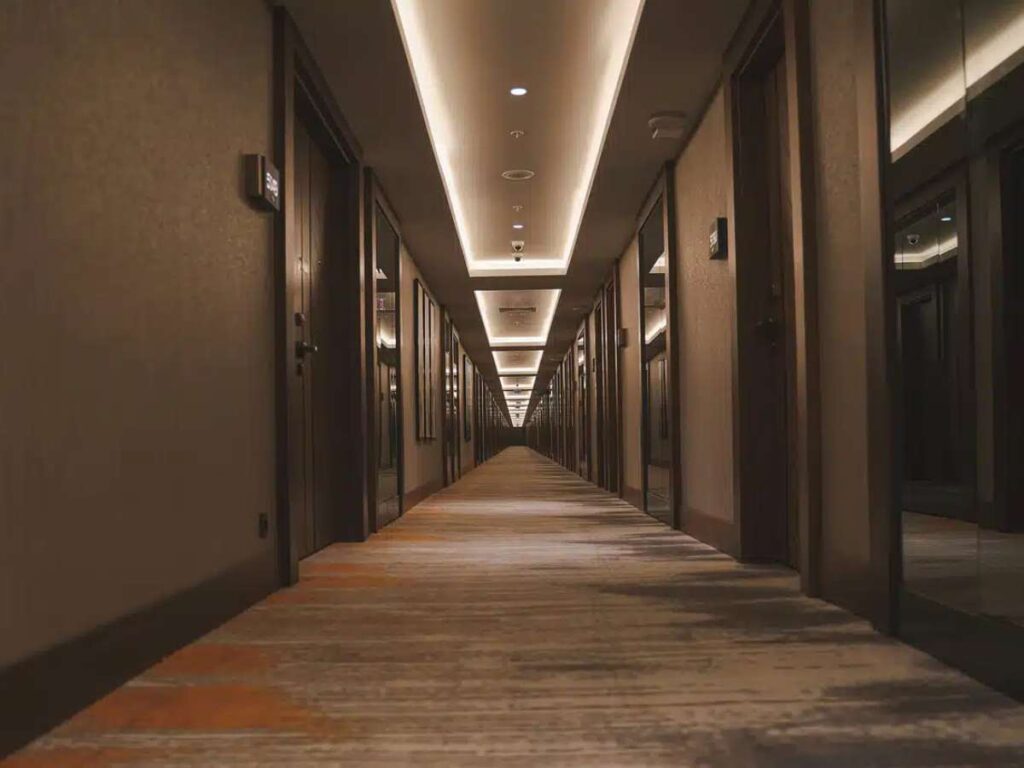
2. Fire Doors by Material
Material choice matters a lot more than most people think. From appearance to performance under heat, the core construction of a fire door directly affects how well it holds up in real-world scenarios.
In commercial settings, I’ve seen teams choose the wrong type just to save on cost—and end up regretting it when inspection time rolls around. So here’s a breakdown of the most common fire door materials used in businesses, factories, and public buildings.
Wood Fire Doors
- Built with a Solid Core: They typically use a solid timber, particleboard, or laminated core to resist heat and smoke. The dense core slows down the burn-through time, buying you valuable minutes in an emergency.
- Ideal for Offices and Public Buildings: You’ll often find these in schools, hotels, and commercial offices. They provide a clean, professional look while still meeting safety codes.
- Compatible with Veneers and Finishes: They can be finished in laminates, paint, or real wood veneer. That flexibility helps match interior design without compromising fire resistance.
- Fire Ratings Vary by Core Type: Some reach FD30, while others go up to FD60 depending on how they’re built. Make sure you check certification—looks alone won’t tell you much.
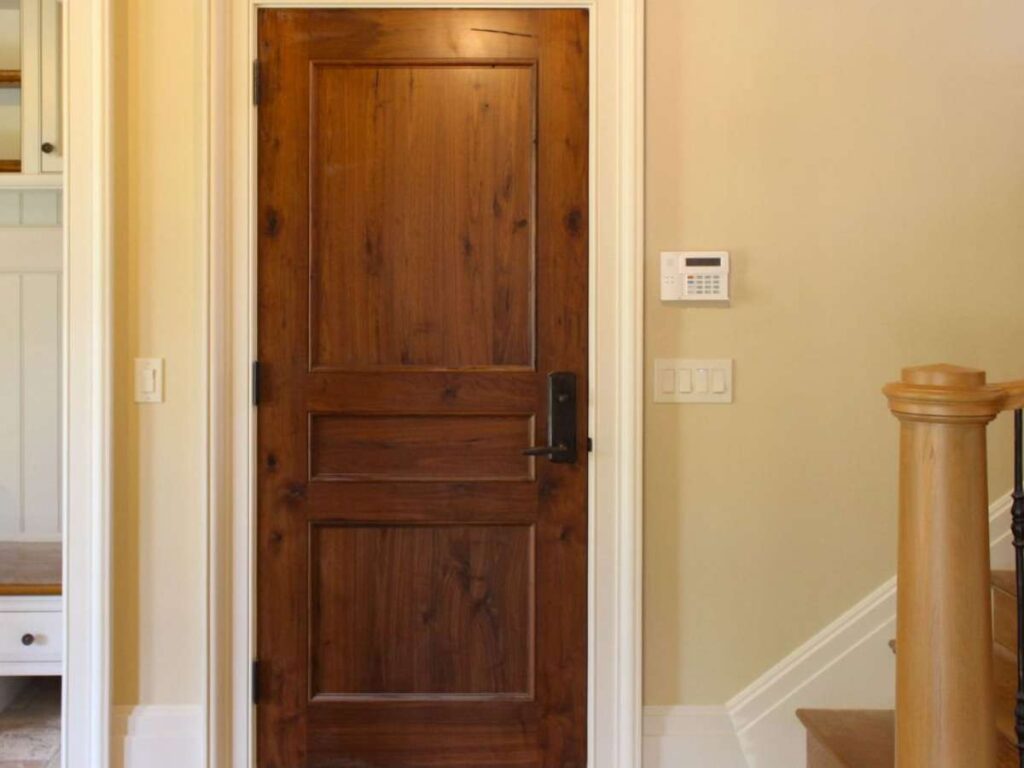
Steel Fire Doors
- Highly Resistant to Fire and Impact: Steel doesn’t combust and offers excellent barrier protection against both flames and force. It’s ideal for industrial plants, warehouses, and utility rooms.
- Perfect for Exterior and High-Security Zones: These doors hold up against harsh weather, vandalism, and frequent use. You’ll find them at loading bays, emergency exits, and stairwell entrances.
- Often Rated FD60 or Higher: Their fire resistance can go well beyond 60 minutes depending on insulation and construction. Some are even built to meet FD120 requirements with special cores.
- Low Maintenance Over Time: Unlike wood, they don’t warp or swell with humidity. That means fewer headaches for facility managers and less risk of failed inspections.
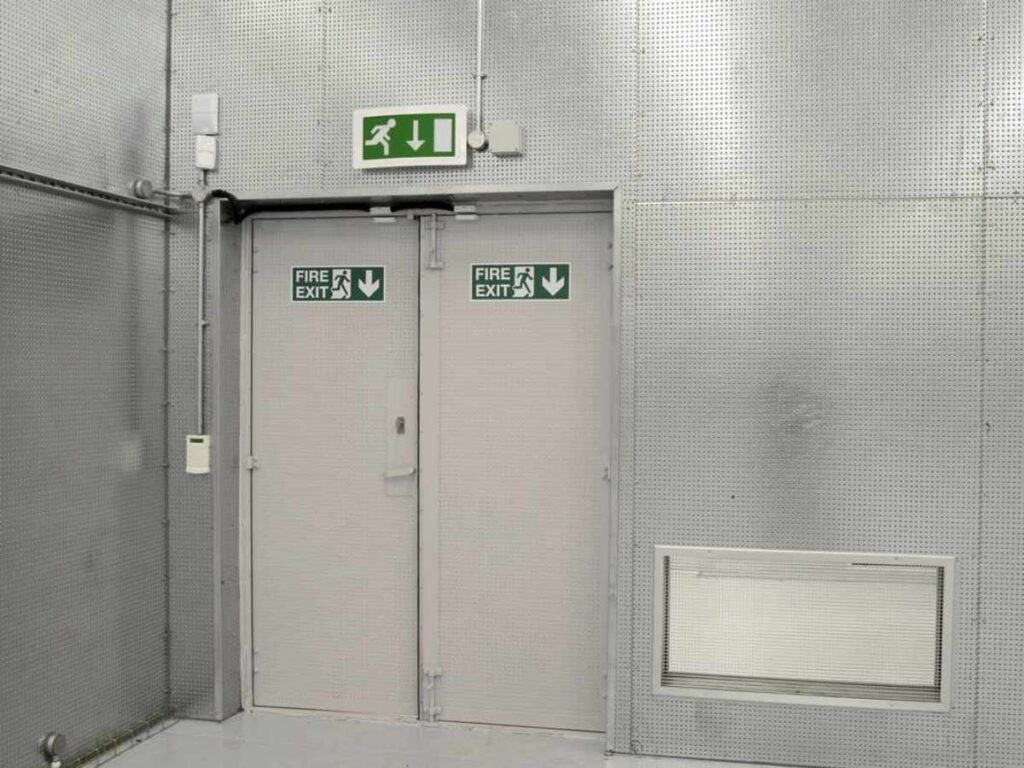
Composite Fire Doors
- Made from Mixed Materials: These doors combine timber, steel, and fire-resistant cores for reliable protection. It’s a hybrid approach that boosts both fire performance and affordability.
- Great for Mixed-Use Commercial Spaces: Think apartment buildings with retail units, or mid-rise office towers. They suit places that need performance but can’t afford top-tier steel throughout.
- Fire Ratings Depend on the Spec: Most achieve FD30 or FD60 ratings, but some can go higher with enhanced cores. As always, certification is key—never assume.
- Lighter Than All-Steel Options: That makes them easier to install in older buildings without reinforcing the frame. They also tend to reduce noise better than hollow-core alternatives.
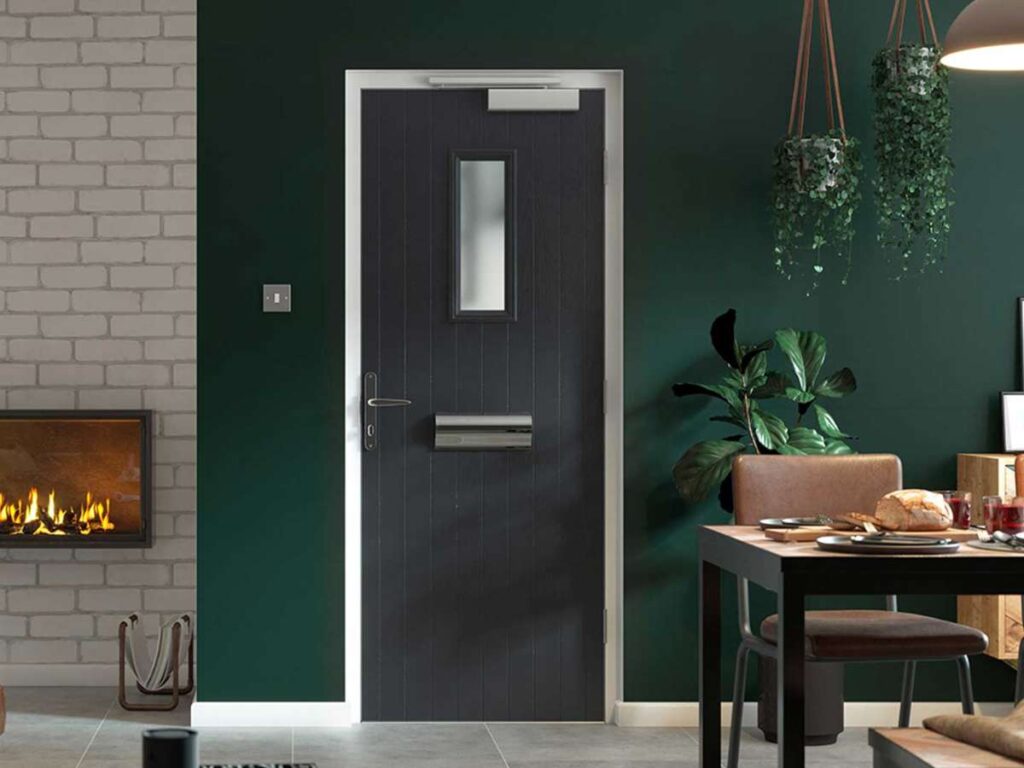
Glazed Fire Doors
- Incorporate Fire-Rated Glass Panels: These glass inserts resist fire and heat for up to 60 minutes or more. They allow staff and emergency teams to see through while maintaining safety.
- Common in Offices, Hospitals, and Schools: Perfect for corridor doors or room dividers where monitoring is important. They help create a sense of openness without sacrificing protection.
- Glass Must Be Fire-Certified: Not just any toughened glass will do—it must meet fire resistance standards. That includes integrity (stopping flames) and insulation (blocking heat transfer).
- Available in Timber or Steel Frames: The glass can be installed in various door types depending on the setting. It’s all about balancing form with function.
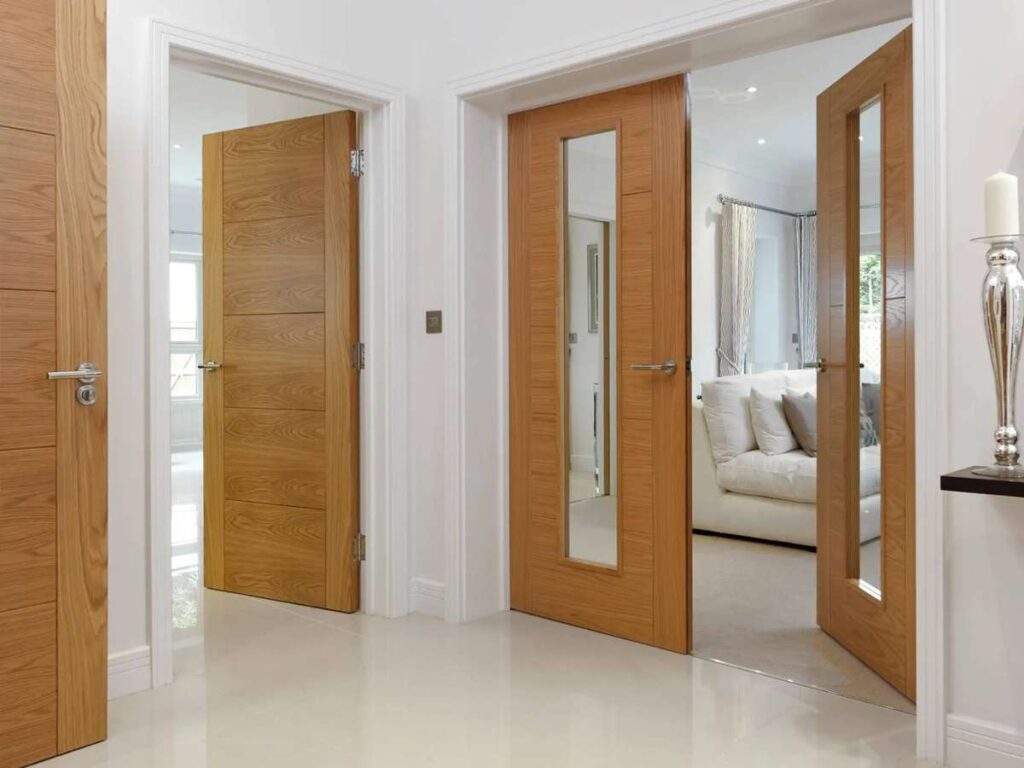
3. Fire Doors by Style
Style might sound like an odd word when talking about fire doors, but in commercial buildings, it’s a practical decision. Whether you’re outfitting a high-traffic hallway or a wide entrance to a production floor, the door’s format affects accessibility, safety flow, and how it integrates with your building’s design.
I’ve worked on sites where choosing the wrong style created daily operational bottlenecks—trust me, function matters as much as the rating.
Single Fire Doors
- One Leaf That Swings Open: These doors consist of a single panel that opens in one direction—either push or pull. They’re easy to use and require minimal wall space to install.
- Common in Offices, Toilets, and Meeting Rooms: Perfect for individual rooms or internal corridors. They maintain compartmentation without complicating movement flow.
- Supports Fire Ratings from FD30 to FD120: Their performance depends on the materials and hardware used. Always check that frame, seals, and hinges are all fire-certified too.
- Can Be Paired with Vision Panels: You can add a small glazed section for visibility and safety. That’s especially useful in healthcare or educational environments.
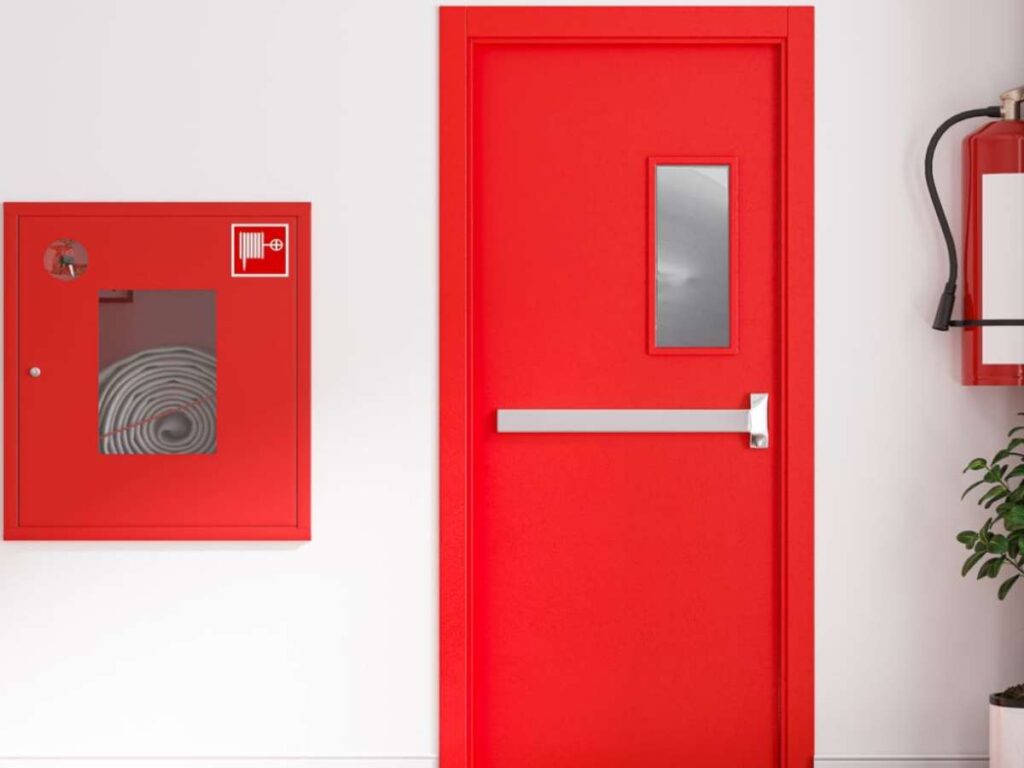
Double Fire Doors
- Two Leaves That Swing Together: They’re designed to cover larger openings and usually have a central meeting stile. Both panels can open for full-width access, or just one for regular use.
- Ideal for Warehouses, Schools, and Auditoriums: You’ll find these at building entrances, stairwells, and loading zones. They help with smooth traffic flow during peak hours or emergencies.
- Fire-Rated Just Like Singles: Despite being bigger, they still meet FD60 or even FD120 standards if built correctly. Proper installation is crucial to ensure both panels seal properly during a fire.
- Often Include Panic Hardware: These doors typically come with push bars or exit devices for quick egress. That’s key in any space with a high occupant load.
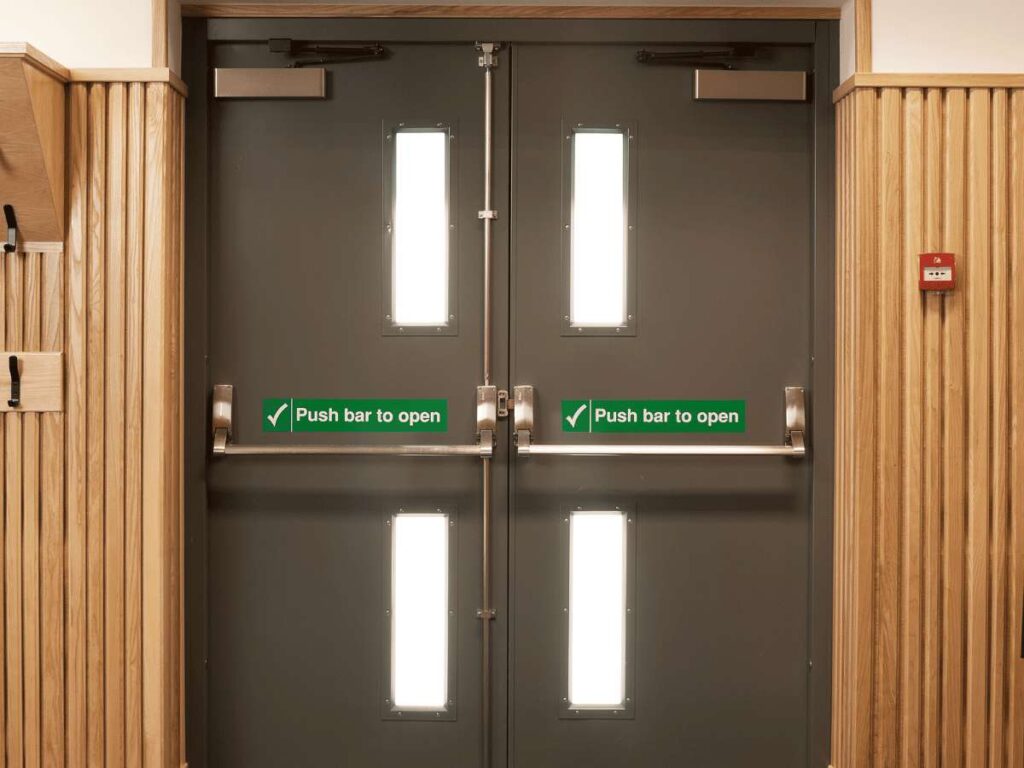
4. Fire Doors by Functionality
In commercial settings, a fire door’s function goes beyond just opening and closing. I’ve worked on enough facility layouts to know that choosing the wrong operational type can cause serious access issues—or worse, fail under pressure during an emergency.
Whether it’s a hospital hallway, a factory floor, or a stairwell exit, how the door behaves in day-to-day use and during a fire matters just as much as what it’s made of.
Swing Fire Doors
- Opens in One Direction: Swing doors pivot on hinges and open either inward or outward. Direction must comply with your building’s fire evacuation strategy.
- Common in Offices and Corridors: You’ll see these in staff areas, hallways, or between departments. They maintain fire compartments while offering straightforward usability.
- Can Be Left- or Right-Handed: You’ll need to specify swing direction to match traffic flow and safety requirements. That’s especially important in healthcare and retail spaces.
- Usually Paired with Closers and Seals: Fire swing doors require auto-closing hardware and intumescent strips. At Vallisco, these features are critical for maintaining the fire barrier when no one’s watching.
Sliding Fire Doors
- Operates on a Track System: These doors slide sideways rather than swinging open. That makes them ideal for rooms with limited clearance or high-value storage zones.
- Common in Warehouses and Large Openings: They’re used in logistics facilities, plant rooms, or production areas with wide access needs. When open, they stay out of the way entirely.
- Typically FD60 or Higher: Sliding fire doors are engineered for high performance in large-scale applications. Their construction is usually steel or composite with heavy-duty hardware.
- Must Be Mechanically or Electrically Controlled: They often include fail-safe systems that close the door during an alarm. That automation ensures they don’t rely on human action to function correctly.
Self-Closing Fire Doors
- Automatically Closes After Opening: These doors use spring-loaded or hydraulic closers to shut themselves after every use. This ensures they’re always in position to do their job.
- Critical for Code Compliance: Most commercial building regulations require fire doors to be self-closing. It prevents human error from compromising safety.
- Available on Both Swing and Sliding Types: Self-closing systems can be installed on almost any style of fire door. They’re especially valuable in busy areas like kitchens, stairwells, and lobbies.
- Often Integrated with Alarm Systems: Some models tie into fire alarms and release magnetic holds to close during emergencies. It’s a smart way to automate fire compartmentation when needed most.
Watertight Fire Doors
- Sealed Against Both Fire and Water: These doors prevent the spread of flames and block water intrusion. They’re used in places where flooding is as much a risk as fire.
- Common on Ships, Offshore Rigs, and Docksides: These environments face unique fire hazards, so dual-protection doors are essential. You’ll often see them in engine rooms, pump stations, or marine control rooms.
- Extremely Robust and Pressure-Rated: Built to withstand both heat and hydraulic pressure, they’re heavy-duty in every sense. The frames and gaskets are precision-engineered for sealing performance.
- Expensive But Non-Negotiable for Compliance: They’re not found in typical buildings, but where required, they’re enforced by marine and industrial safety codes. No other door type offers this level of dual protection.
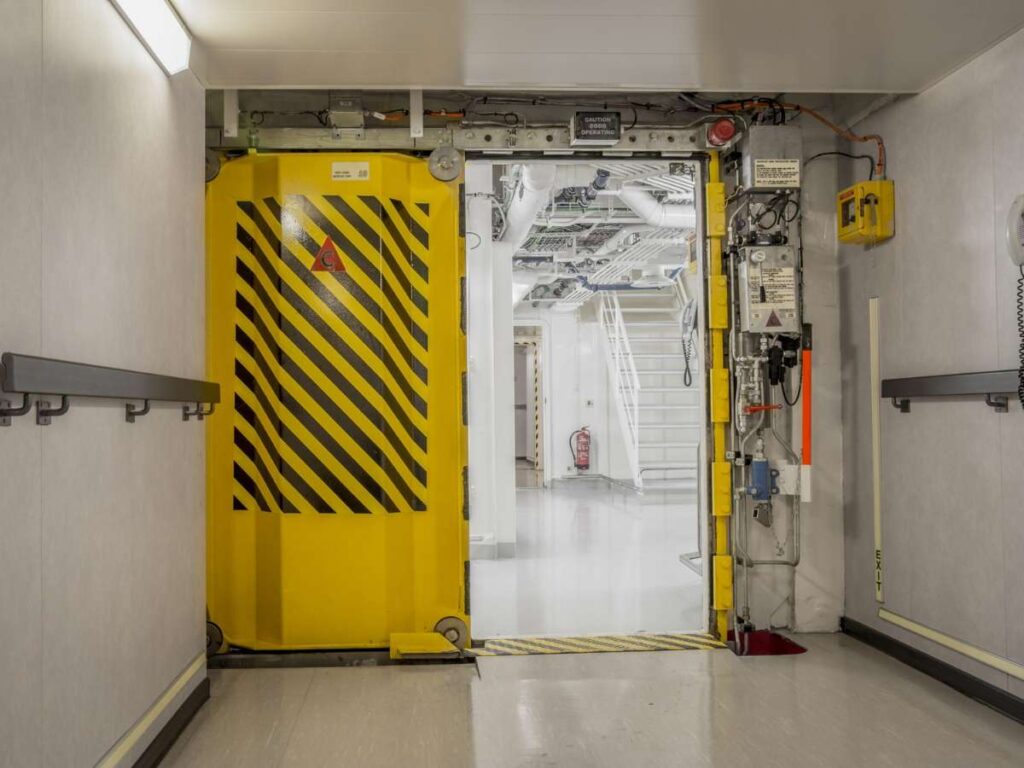
Choosing the Right Fire Door for Your Business
Picking the right one depends on your space, risk level, and how people use the building each day. Below are the three most important things to consider before you buy or spec a fire door for your facility.
Match the Fire Rating to the Risk Level
Start by asking yourself: how long does the door need to resist fire in your specific area? A small staff room might only need an FD30. A stairwell or server room could require FD90 or FD120. Think about how many people use the space, how fast they can evacuate, and how long responders may take to arrive. Don’t just follow the minimum code. Match the door’s rating to the actual risk.
Consider Daily Use and Flow
Fire doors are not just there for emergencies. They’re part of your everyday workflow. In high-traffic zones, double leaf or self-closing doors keep people moving safely. Sliding doors work well in tight storage areas where there isn’t enough space to swing open. If visibility matters, glazed fire doors let you see through while still keeping you safe.
Think Long-Term: Material and Maintenance
A door’s look matters less than how it performs over time. Wood may work well for indoor areas with light use. Steel or composite is better for busy or outdoor spaces. Think about what your building deals with—humidity, foot traffic, or temperature shifts. A door that’s easy to maintain might cost more at first, but it will save you time and money later.
Conclusion
That kitchen fire taught us a hard lesson. The right fire door makes all the difference.
Now, you know the four types, where they fit, and why they matter. Whether you’re building new or upgrading, smart choices keep people safe and doors code-compliant. This guide gives you the edge.
Don’t wait until something goes wrong. Revisit the article if you need a refresher. Make the right call.
Protect your business the smart way. Vallisco is here to help with certified, durable, commercial fire doors. Contact us today!
Discover More Options
There’s so much more to discover! Check out our other products and find what fits your needs:
Still haven’t found what you’re looking for? Don’t hesitate to contact us. We’re available around the clock to assist you.



